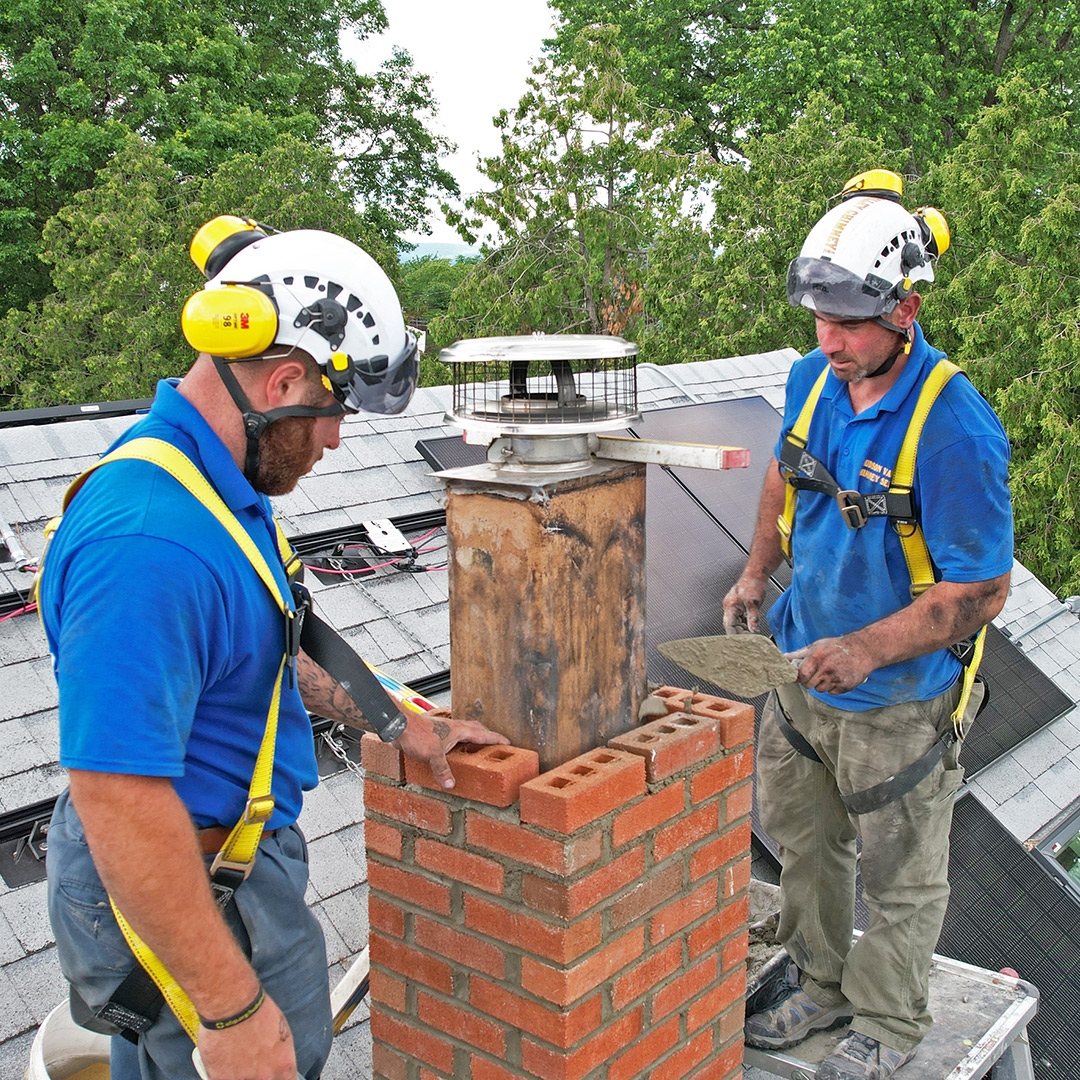Opening the Tricks of Sustainable Stonework Building And Construction Practices for Eco-Friendly Buildings
In the realm of modern-day building, the search of lasting techniques has actually come to be vital. Amongst the myriad strategies to green building, lasting stonework construction attracts attention as a tried and true and resilient method that holds a wide range of untapped possibility. From the option of materials to ingenious construction strategies, the secrets to attaining sustainability within masonry construction are diverse and intriguing. By discovering the advantages, materials, strategies, and future trends of sustainable stonework, a deeper understanding of exactly how these techniques can shape the future of eco-friendly buildings arises.
Advantages of Sustainable Masonry Building
Welcoming sustainable stonework construction techniques not just minimizes environmental impact yet additionally uses long-lasting economic advantages to building contractors and areas. By using materials like recycled blocks, obstructs, and stones, builders can significantly lower the carbon footprint of their projects while advertising resource efficiency. Furthermore, sustainable stonework building strategies, such as appropriate insulation and thermal mass residential properties, can improve power effectiveness within buildings, bring about decreased functional expenses over time.
Additionally, the sturdiness and resilience of stonework structures add to long-term financial advantages. Buildings created using lasting masonry techniques typically call for less upkeep and repair, equating to set you back savings for contractors and homeowner. The longevity of masonry products also guarantees that frameworks continue to be secure and protected, minimizing the need for frequent restorations or substitutes.
Eco-Friendly Masonry Materials
Making use of eco-friendly stonework products is an essential step towards boosting the sustainability of construction techniques and decreasing ecological effect while optimizing long-lasting economic advantages. Sustainable stonework products are sourced, created, and used in a manner that lowers general environmental influence. Sustainable concrete obstructs include recycled accumulations and may include improved insulation homes, contributing to power efficiency in buildings.
Moreover, all-natural materials like adobe, rammed planet, and straw bales provide superb thermal mass residential properties, decreasing the demand for heating and cooling power. These materials are commonly locally offered, promoting regional economies and minimizing transportation-related carbon exhausts. By choosing environmentally friendly stonework materials, building projects can substantially reduce their environmental impact and add to the creation of healthier, extra sustainable developed settings.
Energy-Efficient Masonry Methods
Power performance plays a crucial duty in boosting the sustainability of masonry construction techniques. By applying energy-efficient stonework strategies, contractors can substantially lower the overall power consumption of a building, resulting in reduced functional prices and a smaller environmental footprint. One essential energy-efficient masonry method is using thermal mass, which entails integrating thick materials like concrete or brick into the building's structure to take in and keep warm. This assists control interior temperature levels, reducing the need for mechanical heating and cooling down systems.

Developments in Lasting Masonry
Current developments in sustainable stonework methods have actually brought about cutting-edge techniques that are improving the building and construction industry. One such technology is the development of self-healing concrete, which makes use of germs installed within the concrete to heal fractures autonomously. This innovation not only minimizes upkeep costs however also enhances the longevity of masonry structures, adding to their sustainability.
An additional noteworthy advancement is making use of recycled aggregates in stonework construction - masonry contractor. By integrating products such as smashed ceramic waste or recycled glass right into concrete blends, contractors can minimize the ecological influence of construction jobs while keeping structural stability. This technique not just diverts waste from garbage dumps yet additionally conserves natural deposits, making it a crucial innovation in lasting stonework building and construction
In addition, the assimilation image source of electronic layout tools, such as Building Info Modeling (BIM), is reinventing the method stonework structures are prepared and constructed. BIM enables even more specific estimations, lowered product wastefulness, and enhanced energy effectiveness, ultimately resulting in more lasting structure methods. These advancements jointly represent an appealing future for sustainable stonework building and construction in the period of environment-friendly structures.
Future Trends in Masonry Sustainability
With the innovative strides made in lasting stonework methods, the future trends in stonework sustainability are positioned to further revolutionize the building and construction sector. One of the essential fads forming the future of masonry sustainability is the increased assimilation of innovation. Developments such as Structure Information Modeling (BIM) and digital truth simulations are being utilized to maximize masonry construction procedures, resulting in lowered material waste and boosted energy redirected here efficiency in structures.
Additionally, the growth of novel lasting materials is readied to play a considerable duty in boosting the eco-friendliness of masonry building and construction. masonry contractor. Advancements like self-healing concrete, recycled aggregates, and bio-based binders browse around this web-site are getting traction for their capability to minimize environmental influence while maintaining structural honesty

Verdict
In final thought, lasting masonry building techniques use various advantages for eco-friendly structures. masonry contractor. Innovations in sustainable masonry are constantly being created to additionally improve the environmental performance of buildings.